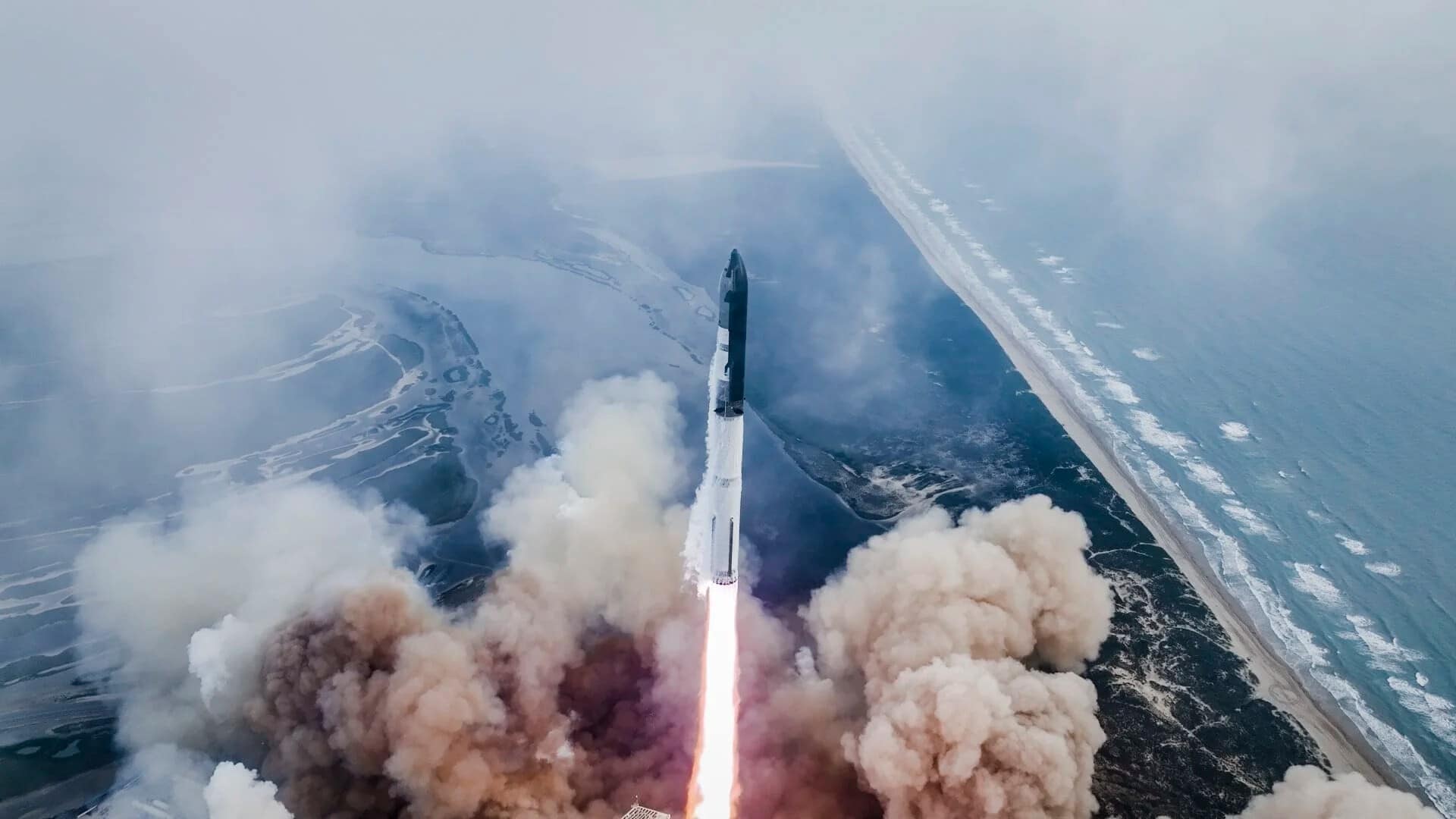
Musk reveals reason behind Starship's mid-flight explosion
What's the story
SpaceX's new-generation Starship rocket met a catastrophic failure, exploding mid-air during the company's seventh test flight event. The incident prompted an emergency response from airlines, which had to reroute their flights to avoid the falling debris. The spacecraft was on a mission to cross the Gulf of Mexico from Texas and complete a near-global loop, like previous test flights. It was carrying 10 dummy satellites as part of a practice run.
Twitter Post
Take a look at Starship's falling debris
Success is uncertain, but entertainment is guaranteed! ✨
— Elon Musk (@elonmusk) January 16, 2025
pic.twitter.com/nn3PiP8XwG
Communication breakdown
SpaceX lost contact with Starship during ascent
About eight and a half minutes into the flight, SpaceX's ground control lost contact with Starship, the world's tallest and most powerful rocket. The company confirmed this in a post on X, noting that "Starship experienced a rapid unscheduled disassembly during its ascent burn." The first-stage Super Heavy successfully landed back on the launchpad, marking the second successful "catch" of the booster by the "chopstick" arms. The first successful booster catch occurred during the fifth flight test last year.
Emergency response
Airlines re-routed to avoid Starship's debris
In the wake of the incident, the Federal Aviation Administration (FAA) took emergency measures to slow down and divert aircraft around the area where space vehicle debris was falling. At least 20 flights changed their routes to avoid possible debris, data from flight tracking website FlightRadar24 showed. Commercial flights operated by JetBlue Airways Corp. and American Airlines Group Inc. were among those who had to take avoidance action after the failed SpaceX Starship test flight exploded earlier today.
Investigation underway
Musk suspects oxygen or fuel leak as cause
SpaceX founder Elon Musk has indicated that an oxygen or fuel leak above the ship engine firewall could have caused the spacecraft's breakup. He posted this theory on his social media platform X, where he also suggested adding fire suppression and possibly increasing vent area as possible solutions. Despite the setback, Musk is hopeful about future launches saying "nothing so far suggests pushing next launch past next month."